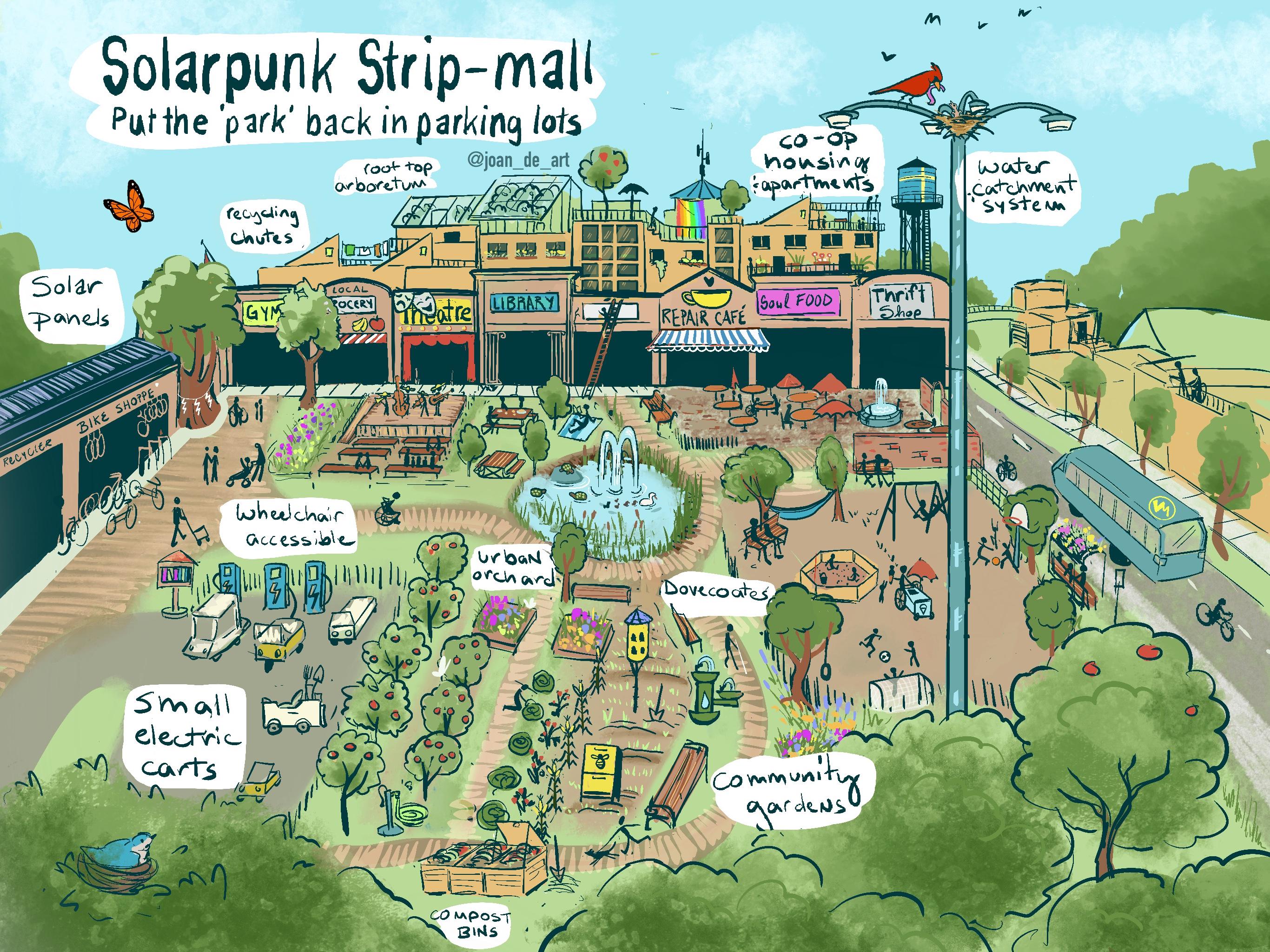Solarpunk Urbanism
1602 readers
27 users here now
A community to discuss solarpunk and other new and alternative urbanisms that seek to break away from our currently ecologically destructive urbanisms.
- Henri Lefebvre, The Right to the City — In brief, the right to the city is the right to the production of a city. The labor of a worker is the source of most of the value of a commodity that is expropriated by the owner. The worker, therefore, has a right to benefit from that value denied to them. In the same way, the urban citizen produces and reproduces the city through their own daily actions. However, the the city is expropriated from the urbanite by the rich and the state. The right to the city is therefore the right to appropriate the city by and for those who make and remake it.
founded 2 years ago
MODERATORS
1
2
3
4
5
6
7
8
9
10
11
12
13
14
15
16
15
17
18
19
20
16
A Historical Perspective on Los Angeles' Traffic Congestion Fight - Streetsblog California
(cal.streetsblog.org)
21
22
23
24
25
24
Resisting Evictions of the Urban Poor: A Resource for Housing Rights Advocates
(www.inklusibo.org)
view more: next ›





















